If you are thinking about planting a new hedge and having doubts about which plant is the best for you, we offer a list of the most popular ones so you can choose whichever suits you best.
Hedges are a necessary part of every garden, providing privacy, blocking wind, or even buffering noise. But most importantly, edges provide structure to your garden. Hedging plants are usually budget-friendly, especially if you buy them bare-rooted.
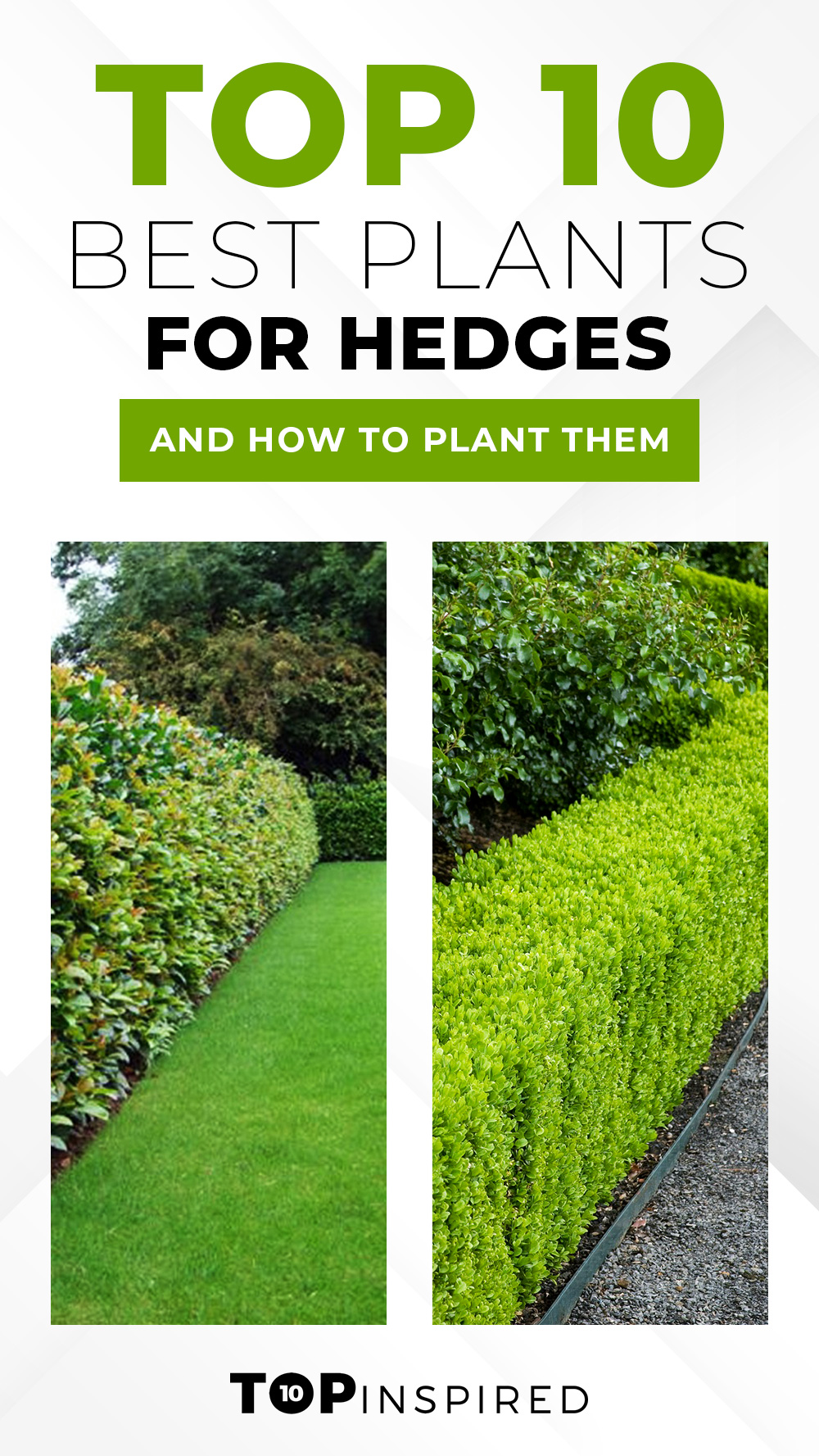
Evergreen and semi-evergreen hedging plants should be planted from autumn to late winter, while deciduous plants can be planted any time from leaf fall. In all cases, planting is best delayed until the soil can be worked easily, especially if it is frozen. To ensure a good start in life, prepare the soil well before planting. Depending on the final size of the plant, planting distances vary from 30-60cm.
Almost every tree and shrub can make a hedge, but some of them are preferred due to their specific characteristics. The choice depends mostly on whether you need a fast or slow-growing hedge and whether you want a high, medium, or low hedging. These 10 plants we are featuring are the most popular choice for hedging. Learn more about how and when to plant them.
Forsythia

via jparkers.co.uk
If you are looking for a fast-growing plant that makes an excellent hedge, consider opting for the beautiful forsythia. This deciduous shrub will mesmerize you with its bright small yellow flowers every spring. It can reach heights of 30 feet tall if not pruned, and it grows up to 20 feet wide. You can plant forsythia any time of the year in areas where freezing is not an issue. In other areas, autumn is the best season to do it. Move and transplant a forsythia during the winter season, when the bush is not actively growing. Choose a full sun location and well-drained soil.
Boxwood
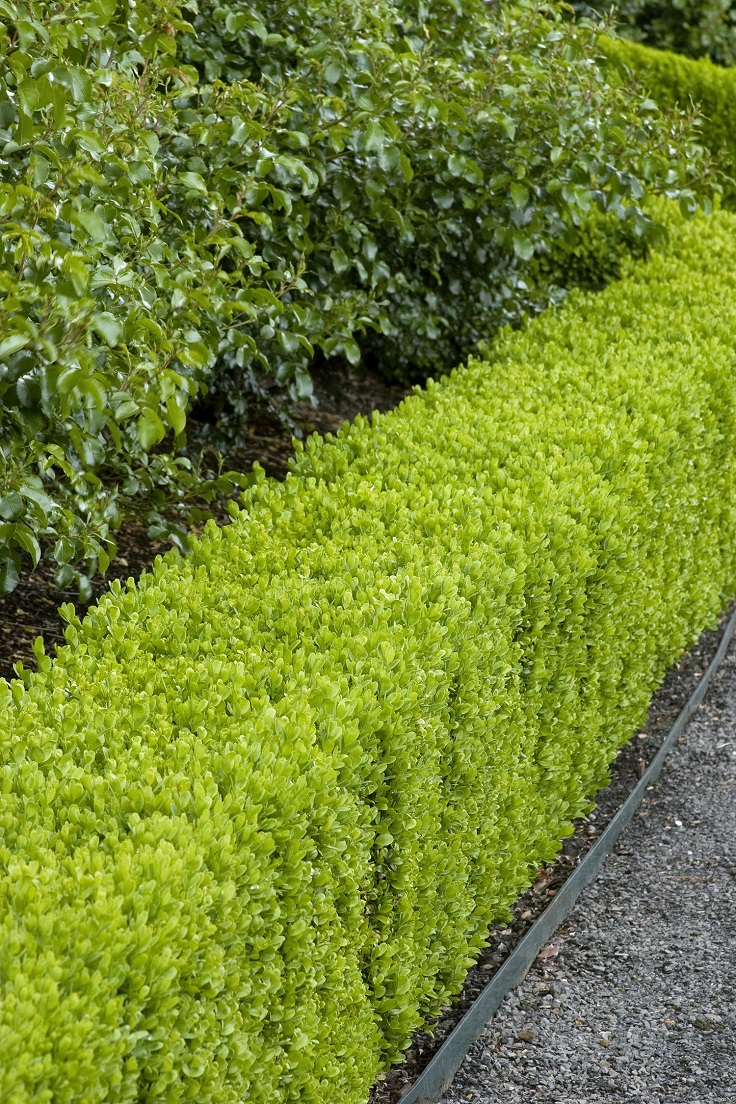
via monrovia.com
This broadleaf, evergreen upright shrubs can grow both in shady and sunny locations. They can range from only a foot tall to twenty feet tall, depending on the species. Although slow-growing, boxwood is one of the most popular hedges, mostly because of its beautiful evergreen foliage. Another plus is that they are low-maintenance, with pruning being the only requirement. Plant boxwood in fall, spring, or early summer. Boxwood should be planted exposed to the north or south. Thick, fertile soil with a pH between 6 and seven is best.
Photinia
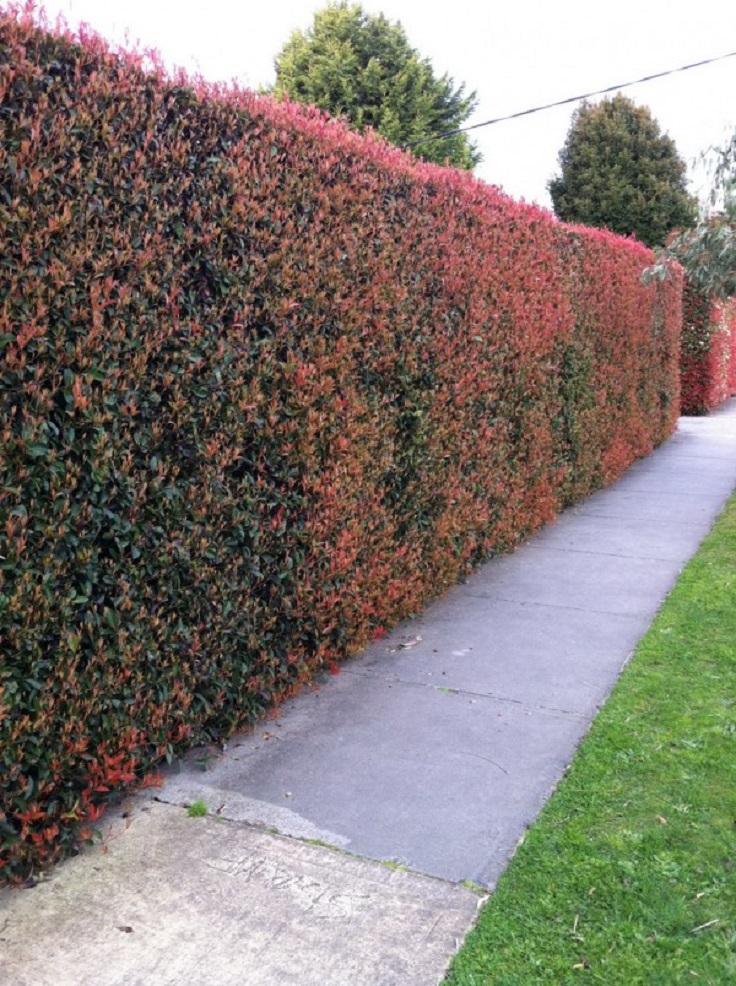
Another popular hedging plant that will add a pop of color to your garden with its brilliant red shoots. Photinia is an ornamental shrub that is perfect to use for high hedging. For smaller hedges, use the Red Robin, and Everbright varieties like the big-leaved Superhedge are suitable for higher hedges. You can plant photinia from autumn to spring. As for the planting location, choose sun or partial shade for best results. Photinia grows 5 feet to 8 feet in width and 10 feet to 15 feet tall in height, so keep this in mind as you plan where to plant your hedge.
Oleander

via flickr.com
This 12- to 15-foot-tall shrub tolerates drought, heat, wind, and air pollution, so it is pretty obvious why it is one of the most popular hedging plants. Oleander has nice dark, leathery leaves and stunning pink, red, white, or peach blooms. It is also deer resistant, drought-tolerant, and great for privacy. Oleander prefers moist, well-drained soil and a sunny location outdoors. Just have in mind that this is a poisonous plant, so be careful if you have children or pets.
Juniper
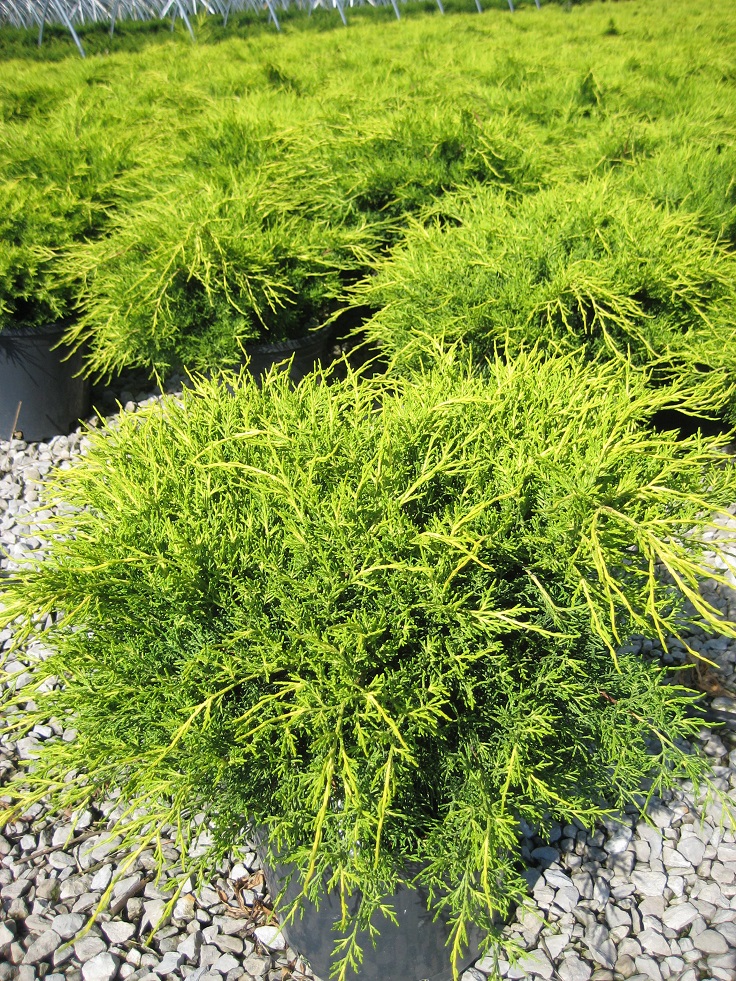
via galleryhip.com
Junipers are coniferous plants in the genus Juniperus of the cypress family Cupressaceae. The evergreen juniper is so versatile and has the ability to fill any space fast, whether it is used as ground cover or hedge. It can grow 8-10 feet in height and get to 20 feet wide. There are many species in different colors, from green, golden to blue. All have beautiful feathery and fragrant foliage. Plant juniper shrubs in a location with full sun or light shade. It will grow in any soil as long as it is well-drained.
Common Laurel
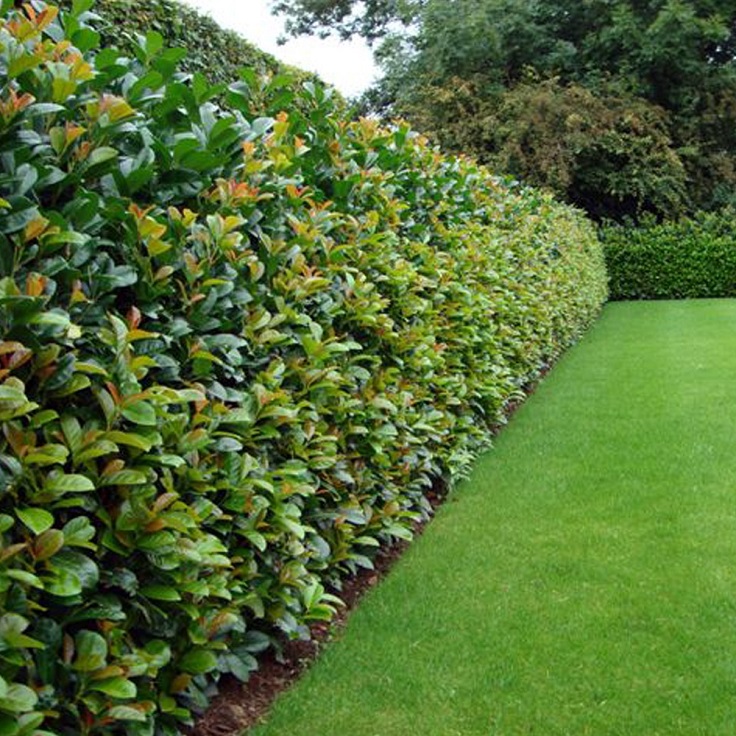
via imgkid.com
Also known as English Laurel, Cherry Laurel, and Common Laurel, Prunus laurocerasus Rotundifolia is another popular hedging plant. It is a vigorous, dense evergreen shrub with large, glossy, bright green leaves. Laurel is very easy to grow, thriving even in full shade. It also grows fast, which makes it an economical choice if you want a high hedge. Container-grown plants can be planted at any time of year, while root balled plants should be planted from November to March. Plant them 2 and 3 feet apart.
Yew
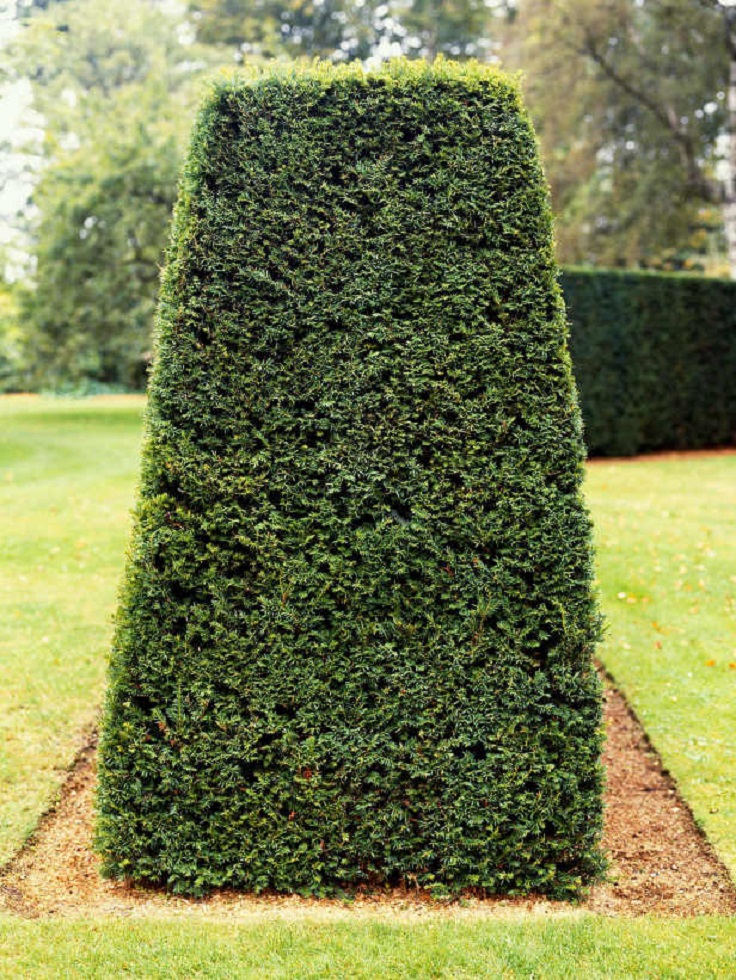
via hgtvgardens.com
Taxus baccata, commonly known as yew, is a favorite hedging plant for those who don’t have frequent pruning as it is quite slow-growing while offering dense evergreen foliage. It actually isn’t so slow-growing, reaching 30-40cm a year, but it is easy to maintain when it reaches the desired height. As for planting distance, plant 3 bare-rooted plants per meter, 4 per meter if you choose cell-grown plants. Make sure you plant your yew plants in well-drained soil and water them frequently, especially during the first couple of seasons.
Winter Jasmine
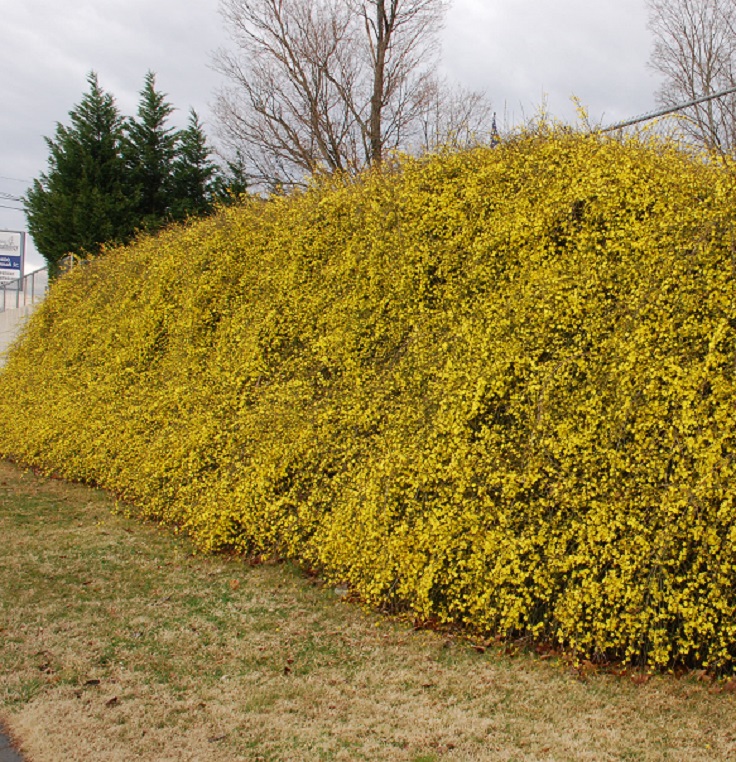
If you want a winter-flowering hedge, then choose winter jasmine or Jasminum nudiflorum. It will definitely bring warmth during the cold winter days with its yellow-colored flowers. And it is so easy to grow as it generally does well on its own. It should be planted in a sunny to half-shade location protected against the wind. Plant it in spring. The only downfall is that the winter jasmine doesn’t have a trace of its family’s characteristic scent.
Beech
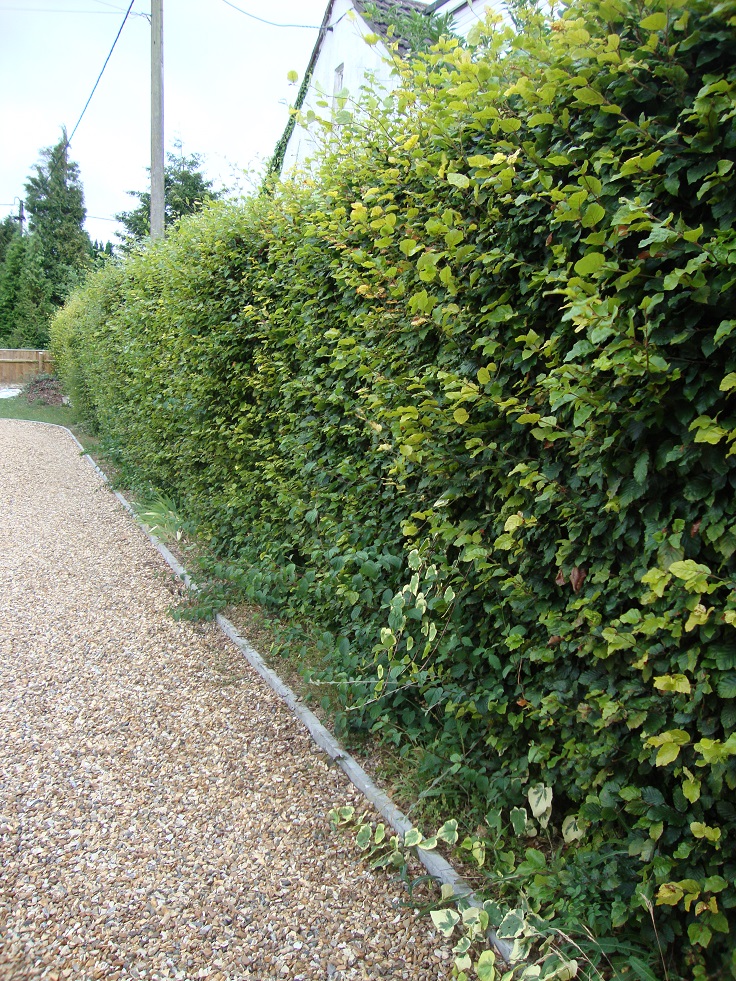
via twochancesvegplot.wordpress.com
Fagus sylvatica, or the popular beech, is a deciduous shrub that is great for hedging, especially because of its excellent foliage of green leaves turning golden brown in autumn. Beech is easy to grow and is tolerant of a large range of soils. It grows well in the sun but also partial shade. It is best to plant bare-rooted plants 30cm apart. Soak well right after planting to encourage the roots to spread.

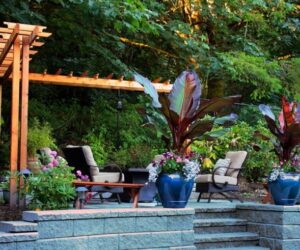
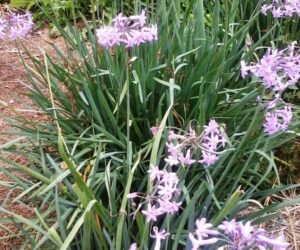
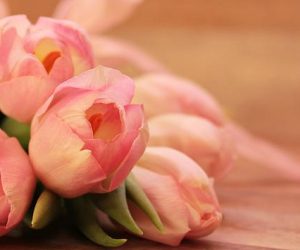
Great information, I really need privacy hedges and didn’t know which type to select. Now I need someone to install!
Awesome
Great insight thank you!